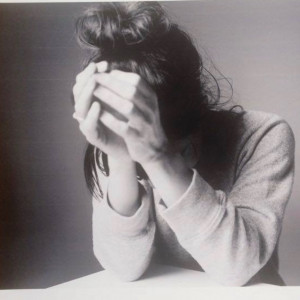Charles Eastman
Popular As Charles Kemper Eastman
Birthday February 19, 1929
Birth Sign Pisces
Birthplace Near Redwood Falls, Minnesota Territory, United States
DEATH DATE 1939, Detroit, Michigan, United States (10 years old)
Nationality United States
#63575 Most Popular













